Our Non-Negotiables
Which principles guide us in decision-making?
Clear non-negotiables are the rules everyone in the organization adheres to in order to achieve the cause. They provide clear guidelines and rules for the organization to operate in. They are the framework and basis for cooperation. They embody the ideals and values of the organization and ensure members have a sense of purpose. When you have clear non-negotiables as an organization, all your members know what to do and have a common goal.
Other words for the non-negotiables could be organizational principles, company rules or “commandments”. They prescribe simply how to behave in certain situations and - importantly - will prevent discussions as they are ‘non-negotiable’. The magic word is expectation management, inside and outside the organization.
> Where do non-negotiables come from?
The founders of Bain describe in detail what non-negotiables are in the book Repeatability. One example they prove is a non-negotiable McDonald’s has, which states that any employee may honor a request for a new burger from a complaining customer. This saves valuable time from management and helps to keep the customer happy. Another comparison is how traffic is directed in most countries: only a few set of rules cover most of the traffic situations you encounter. For example, traffic coming from the right has priority. Or, you stop for red traffic lights. Without these rules, traffic would be unmanageable.
Learn more about our source of inspiration from this almost ancient video from Bain on YouTube.
> The trade-off between flexibility and clarity
It should be noted that non-negotiables help make an organization flexible and adaptive, which necessitates them to be clear as a crisp and as fixed as possible. Nonetheless, they should also change over time to reflect changing environment and incorporate lessons learned. It is the responsibility of leadership to decide on this trade-off, as it is their responsibility to ensure the entire organization adheres to these principles. However, in order to facilitate a flexible and adaptive organization which is decentralized in nature and quick to respond, separate units can determine their own additional set of non-negotiables. Creating individual non-negotiables that fall under the organizational set of non-negotiables will tailor to the needs of individual teams and increase flexibility through enhanced self-organization.
> Examples of clear non-negotiables stolen from other companies
A tangible and real-life example of a similar set of rules that embody how an organization works and actually is, is the Netflix Culture Deck. These 128 slides explain Netflix culture, while leaving control to employees. Netflix adheres to the adage “no rules rules”.
One of the most nerdiest comparisons imaginable, is to think of the set of non-negotiables as the Ferengi Rules of Acquisition from Star Trek. These are 285 rules that define the entire society and culture of the Ferengi, a race focused predominantly on the acquisition of material wealth. The clear non-negotiables used by Sustainable Ships are listed below.
Sustainable Ships’ clear non-negotiables
Sustainable Ships clear negotiables and general life lessons (work in progress)
There cannot be more than 10 commandments, otherwise it would be too hard for people to remember. There are plenty of other ‘rules’ or practical guidelines however that help to shape the organization in how we do things, and how we do not. Just like the Ferengi rules of acquisition (it’s a Star Trek reference) or Pirate codes (a Pirates of the Caribbean reference), these rules serve more as a guideline. These clear negotiables might also be sprinkled together with some nice sayings and life lessons to make it more appetizing and help you achieve your true potential.
> Seek First to Understand, then to be Understood
(Source is 7 Habits)
This section is about the importance of trying to understand the behavior of your fellow man, adhering mostly to several key principles taken from the 7 habits, the righteous mind and surrounded by idiots. (add ‘Learning from Bosjesmannen’ from FD).
Trust is the highest form of motivation.
What do people want.
Next to physical survival, the greatest need of a human being is psychological survival - to be understood, to be affirmed, to be validated, to be appreciated.
I want to feel loved/waardering/vrouwtjes
I want to win/power/control
I want to be independent
I want revenge
I want to help
Useful ways of modelling character and behavior:
16 Personalities
DISC Model
Moral Psychology 6 pillars
Care/Harm
Fairness/Cheating
Loyalty/Betrayal
Authority/Subversion
Sancitity/Degredation
Liberty/Oppression
> Win-Win or Compromise
(7 Habits)
In every (conflicting) situation, there is a way for all parties involved to gain more if you work together. There is always a way. In the very least, compromise. When you believe there is always a winning outcome for both parties, you will think differently about conflict. When either parties loses, this will create an unbalance in the long run where someone tries to “get back at you”. This non-negotiable is taken directly from The seven habits of highly effective people by Stephen R. Covey. It describes a way of working that is based on providing added value to all parties involved, instead of constantly only adding value to oneself. It is the core believe of the book The Go-Giver Sells More, a book that teaches you the art of closing the deal by creating added value for both parties. This non-negotiable will aid in focusing on the (internal) client and its wishes, instead of focusing inward to personal interest.
> Focus on People and Results, Not Time And Efficiency
(7 Habits)
People are important. Results are important. I have seen many instances where managers focus on efficiency, not effectiveness. This will result in companies efficiently performing the wrong work. The reason for this, is that with any large organization it becomes hard to effectively measure difficult parameters. Managers start focusing on time, hours, deliverables, documents: all tangible stuff that is easy to manage. That is not the important stuff however. Focus on what matters: people and results. This means telling people what to do, not how to do it. It means empowering people, giving them space, time and resources to execute projects and set clear goals for all parties.
As a consequence of this rule, Mr. Sustainability only works on a lump-sum basis, not on an hourly basis.
> Do it Twice? Automate
Focusing on automating everything will ensure flexibility of the organization. You should strive towards never having to perform a task more than once. This coincides nicely with focusing on results, and not selling a product. Automation is scalable. the People tend to underestimate the compounding benefits from automating tasks from the get-go. One should strive to automate all activities and strive to make himself obsolete. A clear focus on automating everyday practices will ensure you will free up a lot of time later on to innovate your company. The only thing you do not have to automate, is socializing with people.
The end-goal is to make the activity and yourself obsolete. You can then always decide if you want to do it, not out of necessity but because of fun.
> Perfect is the enemy of the Good
Aim to satisfy, not perfect. Striving towards perfection means you will never finish you project. There is always something to improve. Instead you should focus on satisfying pre-determined needs as quickly as possible. Define clear goals for your project that can objectively be measured together with your client, and you will know exactly when you are finished. Satisfying needs works better than endlessly optimizing unobtainable wishes and it saves you an enormous amount of time.
> KISS
(Keep it simple stupid)
Less is more.
> Meetings are good. It’s the peoples that make it bad
Meetings are good if and only if everyone abides to these meeting principles.
A meeting needs: a set of decisions and the person (or hive-mind system) that has authority of making the decision. A meeting requires decisions to make and the decision makers. Following a meeting, you are left with (only) actions (with a due date and consequence) and decisions.
If either is absent, you do not have a meeting but a chit-chat. It can also be an informative meeting, which you could also call a lecture.
Use only a single format for meetings. Example Amazon: only written memos were allowed in Amazon, no powerpoint or anything else. (Source: Blitzscaling). Of course, this would lead to a somehwat single-sided way of presenting. Another proposal would be to only allow presentation of a single website (URL) which has the option to allow for videos, text and images, even interaction, pending on how much the presenter would like to do. Added benefit is that the website is easily accesible and already in the knwoledge system, which makes it easier to look for after the meeting has ended. Additionally, an audio or video recording of the meeting can be added, removing the need for minutes. Only actions and decisions leading up to the meeting need to be stated.
> Ask in person, then by phone. No internal emailing
Emailing within an organization only leads to miscommunication, misunderstanding and misery. It is generally estimated that people misinterpret 50% to 80% of emails they receive. That means that typically, at least half of all communication in a company is simply miscommunication. How to solve this? Easy. Make the agreement that you will not use email for internal use. There are plenty of old-school and new-school technologies that can be used for internal communication, such as Slack, whatsapp, Lync or simply the phone. Combined with the principle of All Information has an URL, this is a very effective way of streamlining internal communication.
How about a no-email week from time to time? Or a no-meeting week? You have to force yourself into uncomfortable situations in order for innovation to happen.
add chapter 4 ending of blitz scaling, location and office is important, only memos no presentations in Amazon (Do same by presenting only from website).
> What to do during off-hours
Nothing! Research shows seemingly pointless and playful activities can improve creativity, problem-solving, and happiness.
Hit the court: Studies show playing sports can turn down your neural static and, essentially, quiet your brain.
Travel: People who explore new places, learn new languages, and experience new things as they age are less likely to develop cognitive decay.
> Everybody gets a backpack for innovation and self-development
Everybody gets a fixed amount annualy, designated for innovation purposes and also for self-development. People can decide for themselves what to do with it, or decide to donate it to someone (or a good cause). Innovation: Kickbox: https://www.kickbox.org/
Uitwerking: In Netherlands, a company can spend a fixed amount on in-kind things for personel (WRK or something). This is approximately x% of total salary. This can be divided among everyone so that everyone can decide what to do with it.
Inspiration and guidance
Sahil - No meetings, no deadlines, no full-time employees










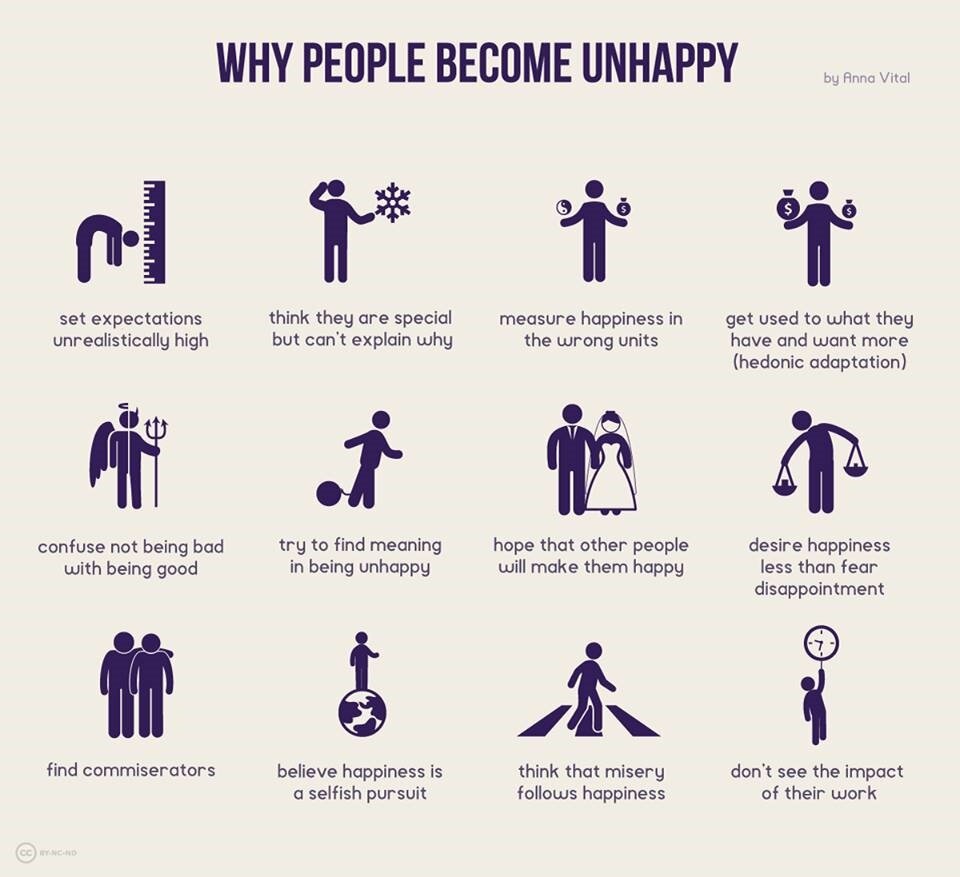


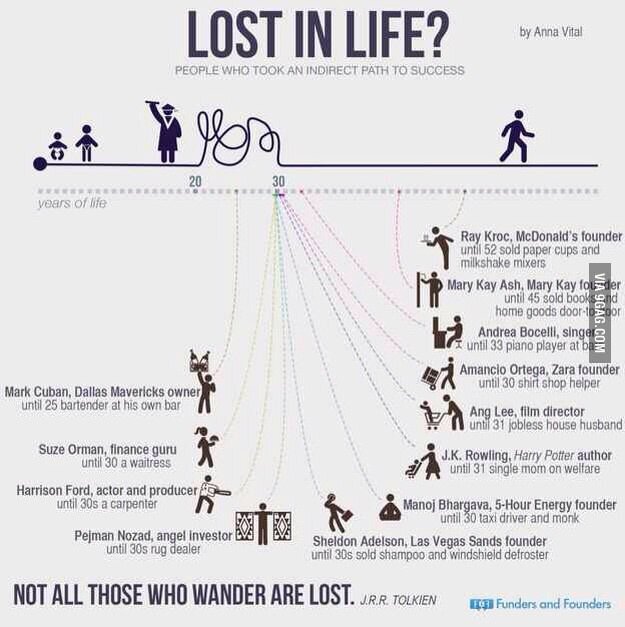
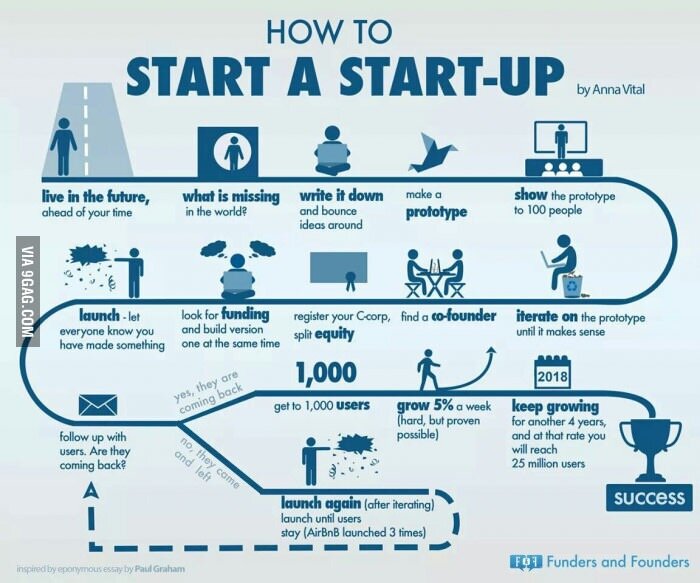
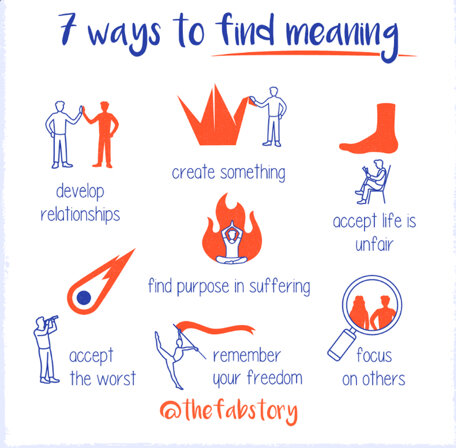
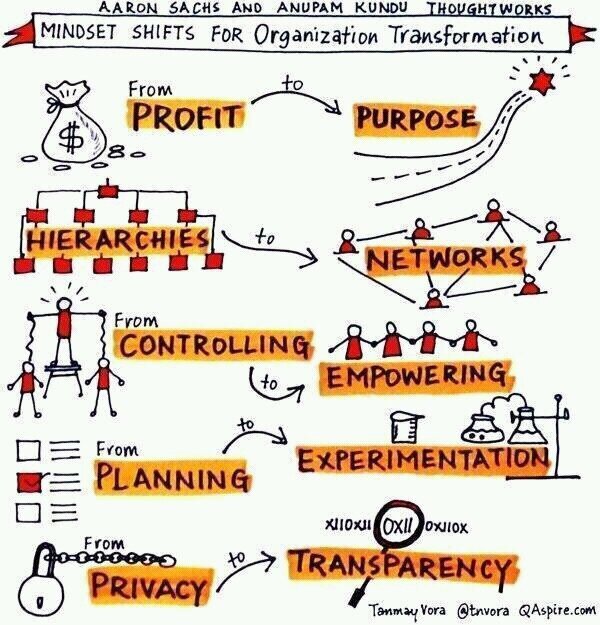

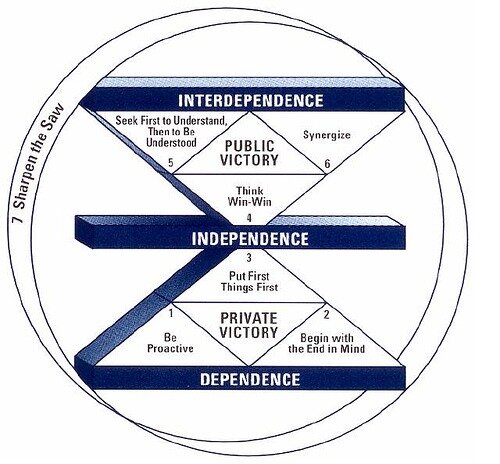

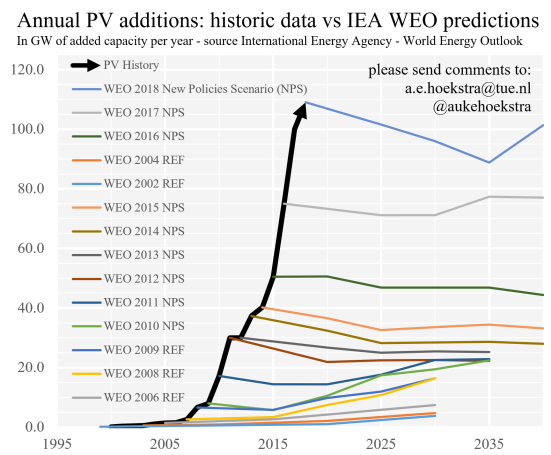





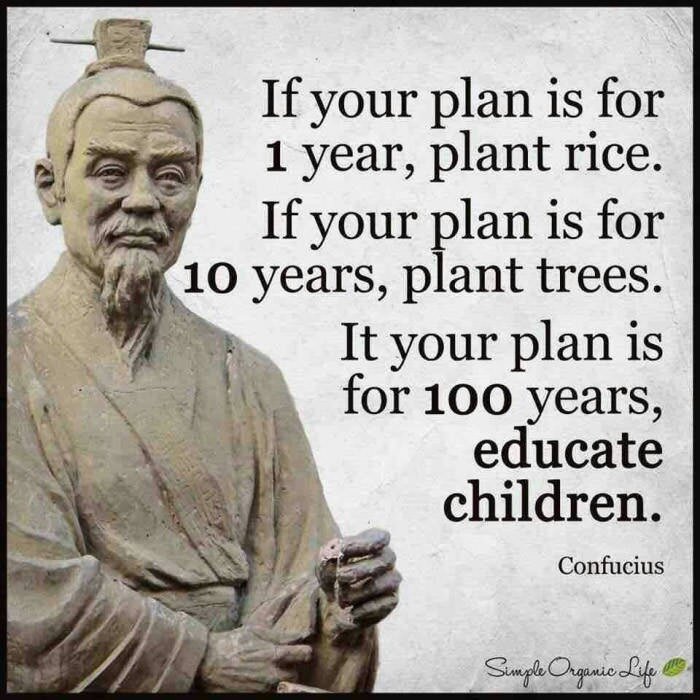
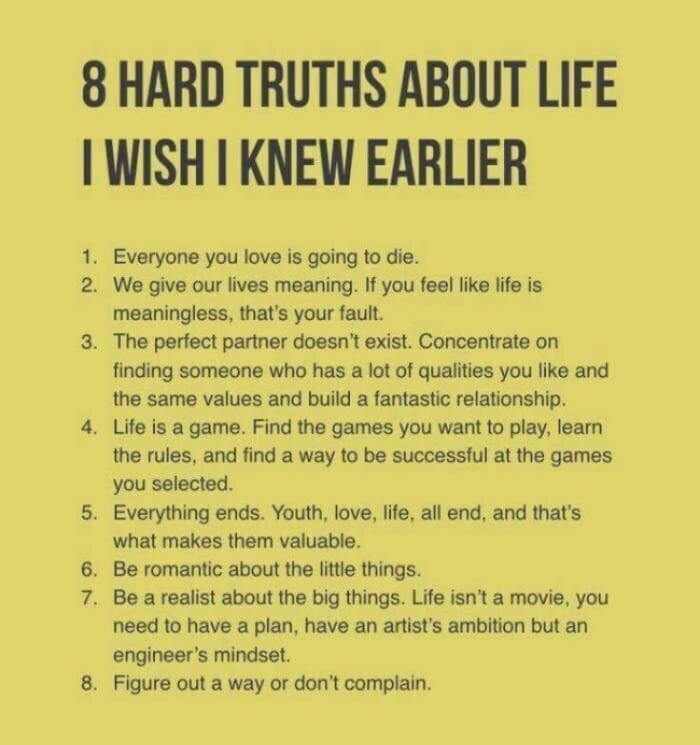



How to create a flexible, adaptive organization